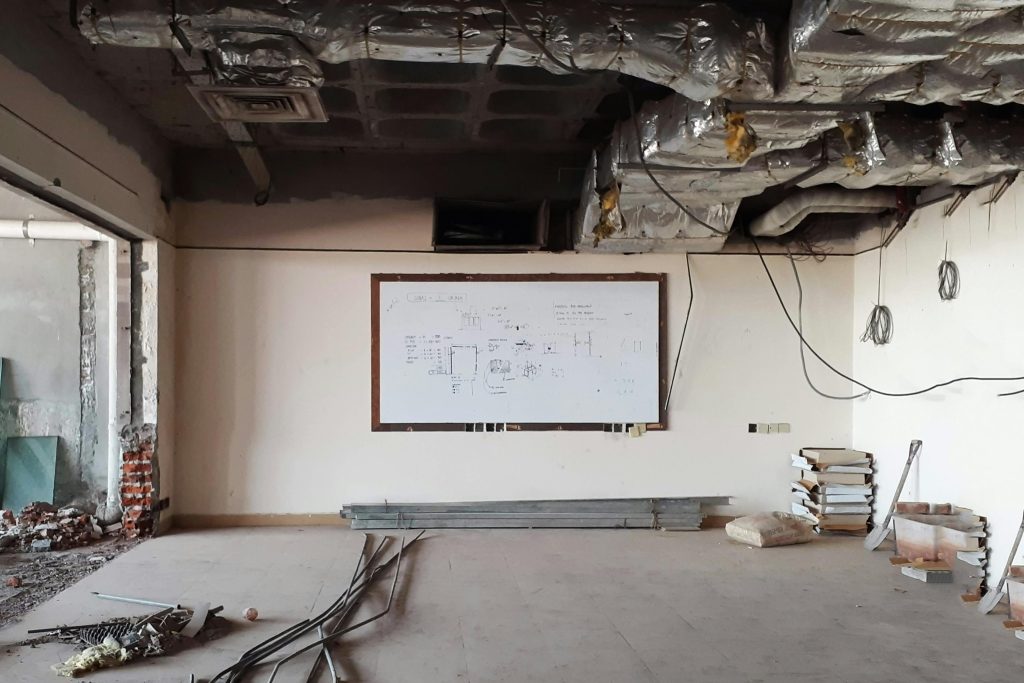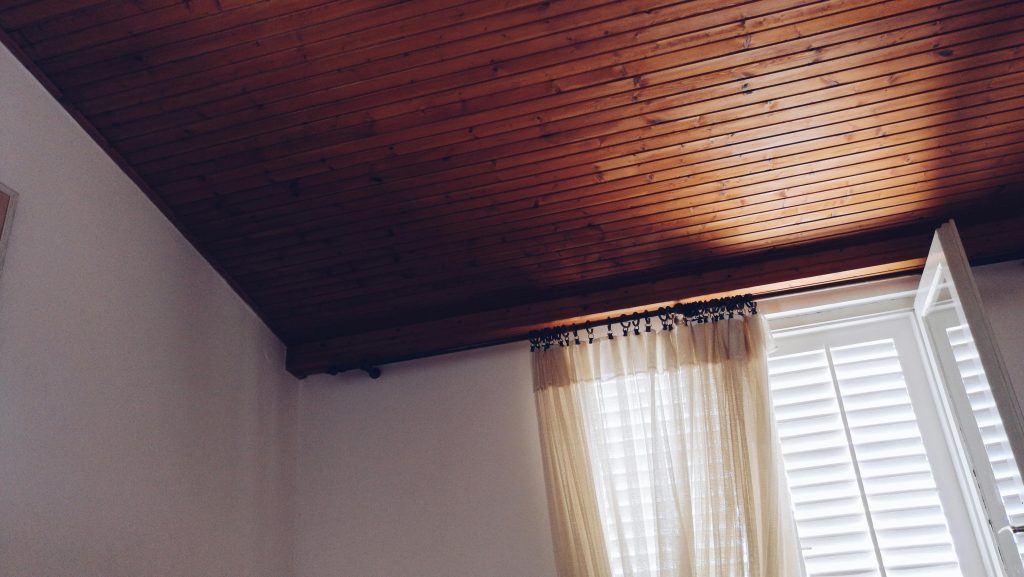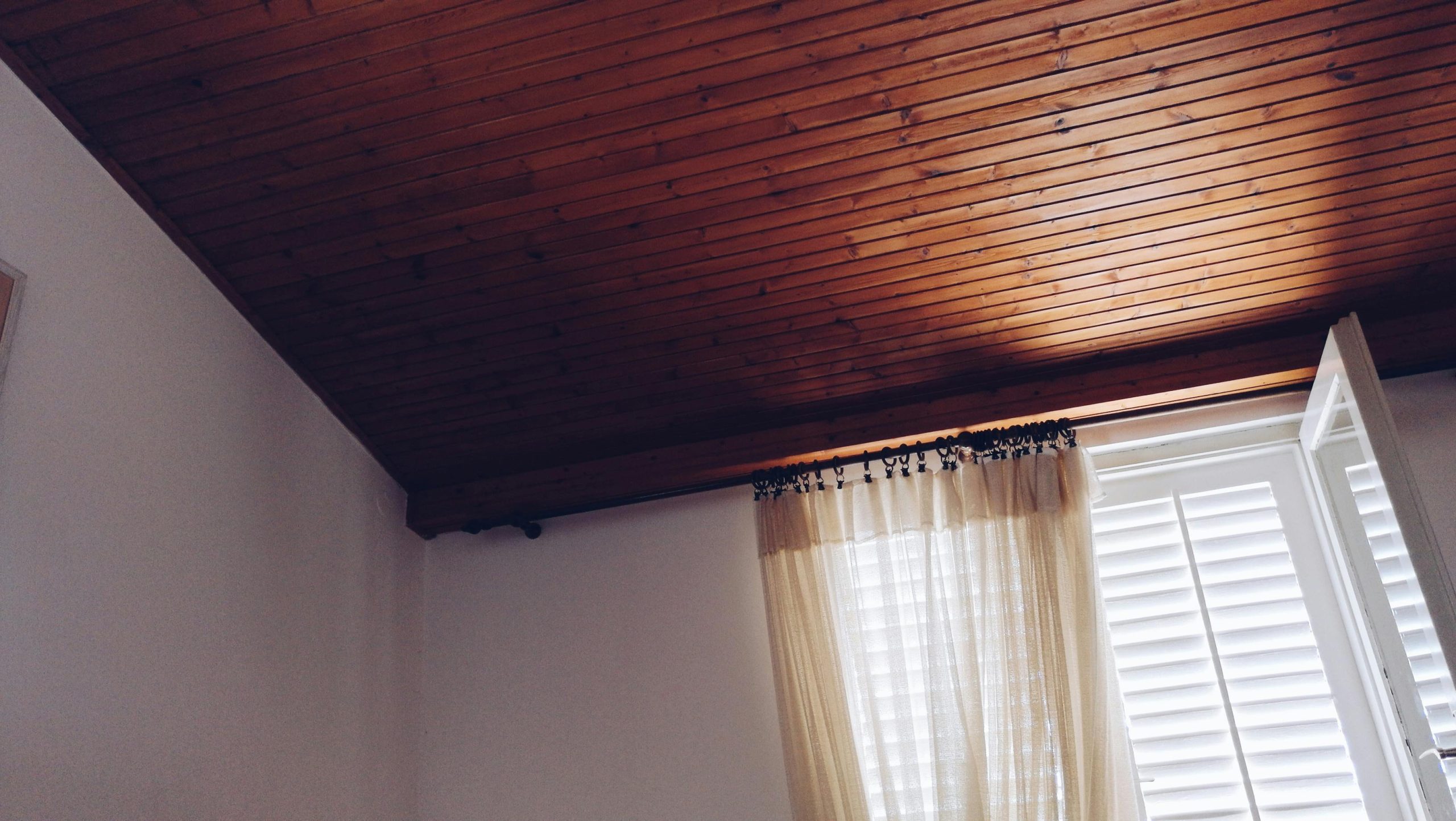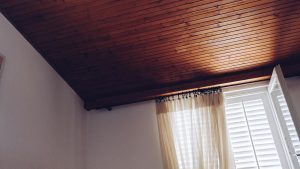What R-Value Do You Need for Ceiling Insulation? A Complete Guide
Introduction
When it comes to home comfort and energy savings, your attic (or ceiling) insulation plays a starring role. Because heat rises, a poorly insulated ceiling can account for up to 40% of a home’s heat loss in winter—and heat gain in summer—driving up utility bills and making rooms uncomfortable. But how do you know exactly how much insulation you need? That’s where the concept of R-value comes in. In this post, we’ll demystify R-values, explain why climate matters, compare insulation types, and walk you through selecting and installing the right amount of ceiling insulation for your home. By the end, you’ll have a clear, step-by-step plan to maximize comfort and minimize energy waste.

Understanding R-Value and Why It Matters
What Is R-Value?
- Definition: R-value measures thermal resistance—the higher the R-value, the better the material insulates against heat flow.
- Units: It’s expressed in units of hour-square-foot-°F per British thermal unit (h·ft²·°F/Btu).
Why Higher R-Value Makes a Difference
- Energy Savings: Every additional R-value point reduces heat transfer, cutting heating and cooling costs.
- Comfort: Proper insulation keeps indoor temperatures more stable year-round.
- Environmental Impact: Less energy consumption means a smaller carbon footprint.
Analogy: Think of your home as a thermos. The thicker its walls (higher R-value), the longer it maintains the temperature of its contents.
Climate Zones and Code Requirements
How Climate Affects Your Needs
The U.S. and many countries categorize regions into climate zones based on average temperatures and humidity. Your zone determines the minimum recommended R-value:
| Climate Zone | General Description | Recommended Attic R-Value¹ |
|---|---|---|
| 1 | Hot, humid | R-30 |
| 2–3 | Warm, temperate | R-49 |
| 4–8 | Cool to very cold | R-60 (or R-49 + continuous insulation) |
¹Based on the 2021 International Energy Conservation Code (IECC). Always check local code amendments.
Code vs. Optimal R-Value
- Code Minimum: The IECC tables guarantee baseline efficiency and compliance.
- Optimal Performance: In extreme climates, exceeding code—by adding an extra R-10 to R-20—can yield better long-term savings.
Types of Ceiling Insulation: Pros and Cons
| Insulation Type | R-value per Inch | Pros | Cons |
|---|---|---|---|
| Fiberglass Batts | R-3.1–3.4 | Inexpensive, DIY-friendly, widely available | Can leave gaps if poorly installed |
| Blown-In Fiberglass | R-2.5–2.7 | Fills irregular cavities, good DIY with blower | Settling over time may reduce R-value |
| Blown-In Cellulose | R-3.2–3.8 | Eco-friendly (recycled paper), dense coverage | Requires professional equipment for best fill |
| Spray Foam (Open-Cell) | R-3.6–3.8 | Air-sealing properties, high moisture resistance | Higher cost, professional installation needed |
| Spray Foam (Closed-Cell) | R-6.0–6.5 | Highest R-value per inch, vapor barrier | Most expensive, potential off-gassing concerns |
Expert Insight: “Choosing the right insulation isn’t just about R-value per inch—it’s also about installation quality. Even the best material underperforms if there are gaps or compression.” — Jane Thompson, Building Science Consultant
Calculating Your Required Insulation Depth
Step 1: Identify Your Target R-Value
Determine your climate zone’s R-value recommendation (see table above).
- Example: You live in Zone 5, so your target is R-60.

Step 2: Check Product R-Value per Inch
Refer to manufacturer specifications.
- Fiberglass batt: ~R-3.2 per inch
- Cellulose blow-in: ~R-3.4 per inch
Step 3: Compute Required Thickness
Use this formula:
textCopyEditRequired Thickness (inches) = Target R-Value ÷ R-value per Inch
- Fiberglass example:
60 ÷ 3.2 ≈ 18.8 inches of batts - Cellulose example:
60 ÷ 3.4 ≈ 17.6 inches of blown-in cellulose
Step 4: Account for Settling and Compression
- Blown insulation: Add 10% extra to compensate for settling over time.
- Batt insulation: Avoid compressing batts; they must fully expand to achieve rated R-value.
Installation Best Practices
Air Sealing Before Insulation
- Seal Gaps & Cracks: Use caulk or spray foam around wiring penetrations, plumbing vents, and attic hatches.
- Install Baffles: Maintain proper soffit venting by installing attic baffles—prevents insulation from blocking airflow.
Layering Strategies
- Cavity Plus Continuous: In cathedral ceilings or joist-limited spaces, install a layer of closed-cell spray foam (R-10 to R-13) against roof deck, then top up with blown insulation to hit target R-value.
- Double-Layer Batts: For batt installations, lay one layer perpendicular to the joists and a second layer parallel to minimize thermal bridging.
Safety and Moisture Control
- Vapor Barriers: In colder climates, install a vapor barrier on the warm-in-winter side to prevent moisture buildup.
- Protective Gear: Wear a mask, gloves, and eye protection—especially when handling loose-fill or fiberglass.
Cost Considerations and Payback
| Insulation Type | Installed Cost ($/ft²) | Average Energy Savings ($/year)² | Payback Period³ |
|---|---|---|---|
| Fiberglass Batts | 0.50 – 1.00 | $150 | 3–5 years |
| Blown-In Cellulose | 0.80 – 1.40 | $160 | 3–6 years |
| Spray Foam (Open-Cell) | 1.50 – 2.50 | $180 | 5–7 years |
| Spray Foam (Closed-Cell) | 2.00 – 3.50 | $200 | 6–8 years |
²Savings vary with energy prices and home characteristics.
³Estimate based on national averages; local incentives (rebates, tax credits) can shorten payback.
Pro Tip: Investigate state and utility rebates for attic insulation upgrades—many jurisdictions offer $0.10–$1.00 per R-value per square foot.
Maintaining and Upgrading Over Time
- Regular Inspections: Check attic every 2–3 years for settled insulation, moisture stains, or pest damage.
- Top-Up Opportunities: If your current insulation is below today’s code or you’ve added air sealing, consider adding loose-fill insulation on top of existing batts.
- Ventilation Check: Ensure soffit and ridge vents remain clear; poor ventilation can degrade insulation performance and lead to mold.

Conclusion
Ceiling insulation is one of the highest-impact, cost-effective upgrades you can make for year-round comfort and energy savings. By understanding R-values, aligning with your climate zone, and choosing the right insulation type and thickness, you can dramatically reduce heat loss in winter and heat gain in summer. Remember to air-seal first, install according to best practices, and take advantage of local incentives to speed your payback. With the right R-value in place, your home will stay cozier, quieter, and more efficient for decades to come.











Post Comment